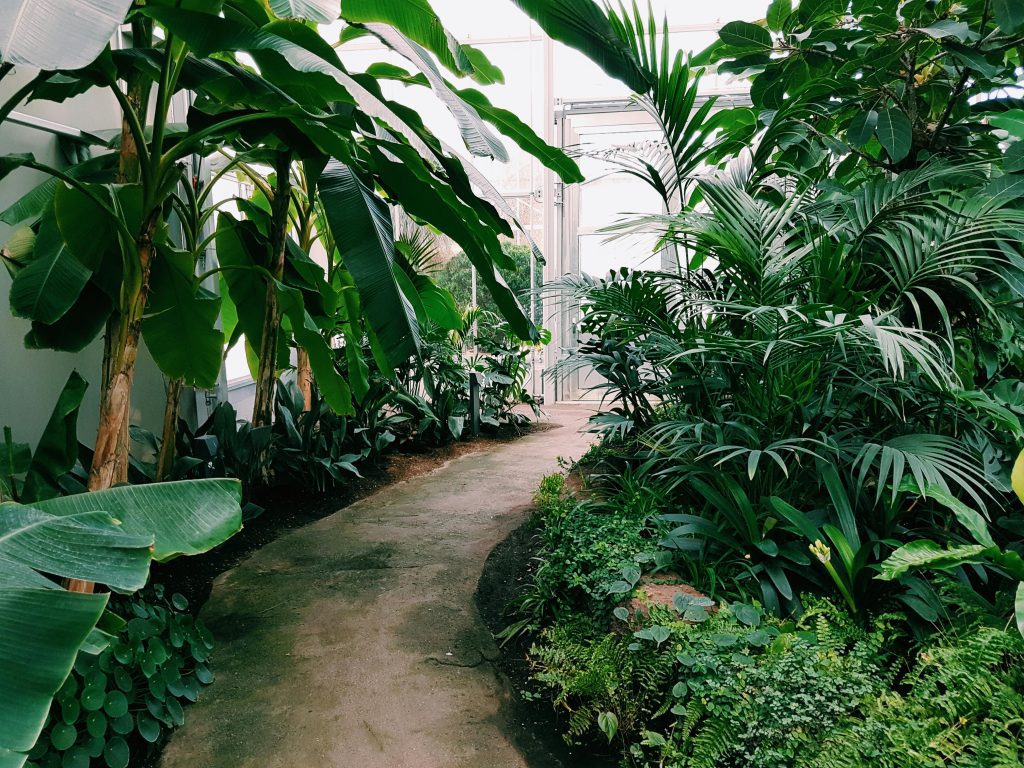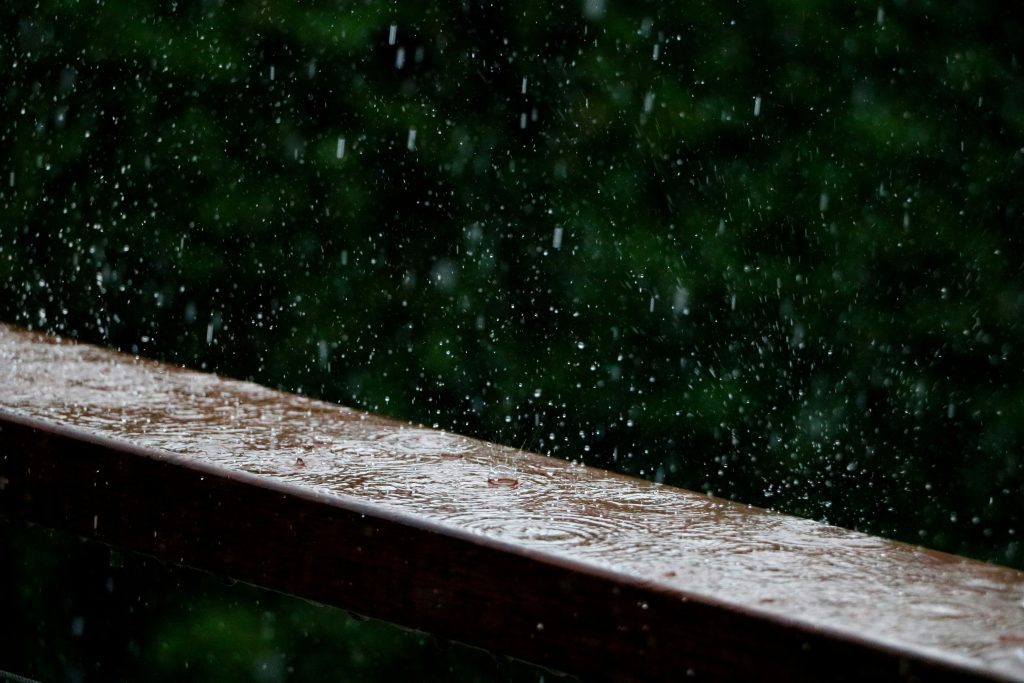In an era where environmental concerns are paramount, sustainable design has gained immense popularity in the realm of architecture and home construction. If you’re planning to build or renovate a villa or independent house, there’s no better time to explore eco-friendly design options. This comprehensive guide will take you on a journey through the world of sustainable design, offering insights and examples of how to incorporate eco-friendly design elements into your dream home.
The Essence of Sustainable Design
Sustainable design is a broad term that encompasses a wide range of practices and principles. At its core, sustainable design is about creating buildings and products that are environmentally friendly and resource-efficient. This can be achieved through a variety of methods, such as using recycled materials, designing for energy efficiency, and incorporating natural ventilation and daylighting.
Sustainable design can also be used to create spaces that are healthy and comfortable for occupants. For example, green buildings often feature features such as high-quality air filtration and natural light, which can improve worker productivity and reduce stress levels.
Overall, sustainable design is a holistic approach to creating built environments that are good for the planet and for people. It is an important part of the effort to create a more sustainable future.
Energy-efficient Architectural Elements
Reducing energy consumption is a cornerstone of sustainable design. Here are some eco-friendly design architectural elements that can significantly enhance the energy efficiency of your villa or independent house:
Passive Solar Design
Utilizing the sun’s natural energy is a fundamental aspect of sustainable design. Positioning windows and skylights strategically to maximize natural light and heat can reduce the need for artificial lighting and heating. Examples include large south-facing windows to capture winter sunlight and roof overhangs for shading during summer.
Efficient Insulation
Proper insulation not only keeps your home comfortable year-round but also reduces the need for heating and cooling. Materials like cellulose, foam, or recycled denim insulation can be used to ensure your home remains energy-efficient.
Cool Roofing
Opting for a cool or reflective roof can help mitigate heat absorption, keeping your villa or independent house cooler during hot summers. White or reflective roofing materials, such as cool roofing tiles, can be a sustainable choice.

Sustainable Building Materials
Selecting eco-friendly design building materials is another crucial aspect of sustainable design. Here are some examples of sustainable materials for your home:
Bamboo Flooring
Bamboo is a renewable resource that grows quickly and can be used for flooring. It’s a durable and visually appealing alternative to traditional hardwood flooring.
Reclaimed Wood
Using reclaimed wood from old buildings or furniture not only adds character to your home but also reduces the demand for new timber, which helps protect forests.
Recycled Glass Countertops
Recycled glass countertops are not only aesthetically pleasing but also environmentally friendly. They are made from recycled glass and resin, diverting waste from landfills.
Water-efficient Features
Conserving water is a vital component of sustainability. Consider integrating these water-efficient eco-friendly design features into your home:
Low-flow Fixtures
Installing low-flow toilets, faucets, and showerheads can significantly reduce water consumption without compromising on performance.
Rainwater Harvesting
Collecting rainwater for non-potable uses like irrigation and flushing toilets is an excellent way to reduce your reliance on municipal water supplies.
Greywater Systems
Greywater, the wastewater from sinks, showers, and washing machines, can be treated and reused for landscape irrigation. It’s a sustainable way to reduce water usage.

Renewable Energy Sources
Harnessing renewable energy is a hallmark of eco-friendly design. While renewable energy systems require an initial investment, they offer long-term benefits. Two primary options are:
Solar Panels
Solar panels are made up of photovoltaic cells that convert sunlight into electricity. This electricity can be used to power your home, and if you produce more electricity than you use, you can even feed the excess back into the grid and get paid for it.
Solar panels are a great way to reduce your reliance on fossil fuels and save money on your energy bills. They are also a renewable source of energy, which means they will never run out.
Here are some of the benefits of using solar panels:
- They can save you money on your energy bills.
- They are a renewable source of energy.
- They are good for the environment.
- They can increase the value of your home.
- They are easy to install and maintain.
If you are thinking about installing solar panels, be sure to do your research and find a reputable company to install them for you.
Wind Turbines
If you have ample space and sufficient wind resources, wind turbines can generate electricity for your home. They are especially effective in coastal areas with consistent wind patterns.

Landscape and Outdoor Features
Sustainable design extends beyond the walls of your home. Your villa or independent house can embrace eco-friendly design landscaping and outdoor features:
Native Plants and Xeriscaping
Native plants are adapted to the local climate and soil conditions, so they require less water and maintenance than non-native plants. Xeriscaping is a landscaping style that uses drought-tolerant plants, mulches, and other features to reduce the need for irrigation. By choosing native plants and implementing xeriscaping techniques, you can create a beautiful, water-efficient landscape that requires minimal irrigation.
Here are some of the benefits of choosing native plants and implementing xeriscaping techniques:
- Water conservation: Native plants and xeriscaping techniques can save water by up to 50%.
- Reduced maintenance: Native plants are less likely to need watering, fertilizing, or pest control than non-native plants.
- Improved wildlife habitat: Native plants provide food and shelter for birds, butterflies, and other wildlife.
- Increased property value: A well-designed xeriscape can increase the value of your home.
- Reduced runoff: Xeriscaping can help to reduce water runoff and erosion.
- Improved air quality: Native plants can help to improve air quality by absorbing pollutants.
- Reduced carbon footprint: Xeriscaping can help to reduce your carbon footprint by reducing the amount of water you use.
If you are interested in creating a water-efficient landscape, native plants and xeriscaping techniques are a great option.
Permeable Surfaces
Utilizing permeable materials for driveways, walkways, and patios allows rainwater to infiltrate the ground, reducing runoff and promoting groundwater recharge. This is important because it helps to prevent flooding and erosion, and it also helps to replenish groundwater supplies.
Permeable materials include porous concrete, gravel, and crushed stone. They allow water to pass through them, unlike traditional materials like asphalt and concrete, which create a barrier that prevents water from soaking into the ground. When rainwater runs off of impervious surfaces, it can cause flooding and erosion. It can also carry pollutants into streams and rivers. Permeable surfaces help to prevent this by allowing water to soak into the ground instead of running off. This helps to keep our waterways clean and our communities safe from flooding.
Additionally, when water soaks into the ground, it helps to recharge groundwater supplies. Groundwater is a valuable resource that we use for drinking, irrigation, and other purposes. Permeable surfaces help to ensure that we have a clean and reliable source of groundwater for future generations.
Conclusion: Building a Greener Future
Incorporating eco-friendly design elements into your villa or independent house isn’t just a trend; it’s a commitment to a more sustainable and responsible way of living. From energy-efficient architectural design to the use of sustainable building materials, water-saving features, renewable energy sources, and eco-conscious landscaping, there are countless ways to create a home that benefits both you and the environment.
At Azul Homes, we work diligently to create projects that are one with the natural elements around. Using eco-friendly and sustainable practices, we ensure that we create a living space that is designed to celebrate the vicinity in which it is constructed. A great example of this is the 20 villa Azul Estilo nestled in the hills of Kasauli in Himachal Pradesh. To arrange a site visit and explore the option of owning one of these beautiful boutique chalets, feel free to get in touch with us today.
As you embark on your journey to build or renovate your dream home, consider the long-term benefits of sustainable design. Not only will you enjoy lower energy bills and a reduced environmental footprint, but you’ll also contribute to building a greener and more sustainable future for generations to come